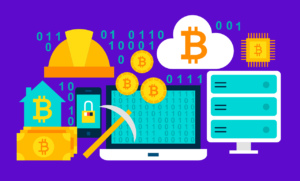

You can use it to pay for goods or services. (eg. US$ and AU$).
Like paying with your credit card or online banking transactions, you can use cryptocurrencies to buy a coffee or pay your taxi fare.

You can invest in it for capital gains including trading (eg. Stock market).

*It can be used to earn interest or yield in lending platforms to gain passive income (Read More).

Bitcoin was launched in 2009 by the anonymous inventor/inventors, Satoshi Nakamoto.

Announcing the first release of Bitcoin, a new electronic cash system that uses a peer-to-peer network to prevent double-spending. It's completely decentralized with no server or central authority. Satoshi Nakamoto Bitcoin: A Peer-to-Peer Electronic Cash System, 9 January 2009. Source: https://bitcoin.org/bitcoin.pdf
Until now, the identity of Satoshi Nakamoto is uncertain and if he is an individual or a group behind a pseudonym. Bitcoin is the first successful cryptocurrency in the world and currently has the largest market capitalisation among all cryptocurrencies. People who use Bitcoin benefit from low transaction fees. Owner’s of Bitcoin also do not have to rely on third party such as banks. Custody of their assets are in their total control and ownership is recorded in a decentralised blockchain.
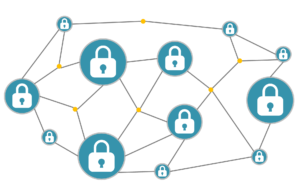
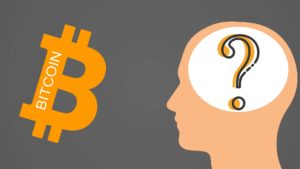 A few issues worth mentioning that cryptocurrencies are attempting to solve are as follows:
A few issues worth mentioning that cryptocurrencies are attempting to solve are as follows:

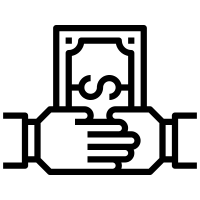

 The blockchain technology behind cryptocurrencies aims to provide solutions to the problems of traditional monetary system.
The blockchain technology behind cryptocurrencies aims to provide solutions to the problems of traditional monetary system. 


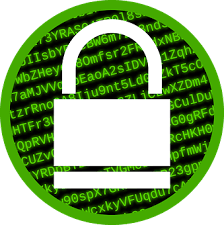
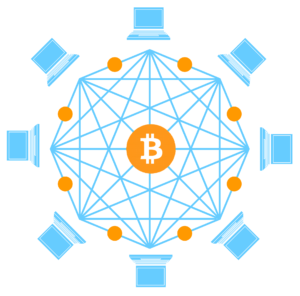
© 2021 cryptoabc.net - All rights reserved!
 Heart Number(HTN)$0.000000-30.47%
Heart Number(HTN)$0.000000-30.47% Tadpole(TAD)$0.000000-1.76%
Tadpole(TAD)$0.000000-1.76% SEEN(SEEN)$0.000000-2.27%
SEEN(SEEN)$0.000000-2.27% Evedo(EVED)$0.000000-0.80%
Evedo(EVED)$0.000000-0.80% Marginswap(MFI)$0.000000-2.17%
Marginswap(MFI)$0.000000-2.17% SakeToken(SAKE)$0.0000004.37%
SakeToken(SAKE)$0.0000004.37% WTF Token(WTF)$0.0000000.16%
WTF Token(WTF)$0.0000000.16% BNSD Finance(BNSD)$0.000000-5.83%
BNSD Finance(BNSD)$0.000000-5.83% Robotina(ROX)$0.00000038.50%
Robotina(ROX)$0.00000038.50% Cage(C4G3)$0.000000-3.67%
Cage(C4G3)$0.000000-3.67%